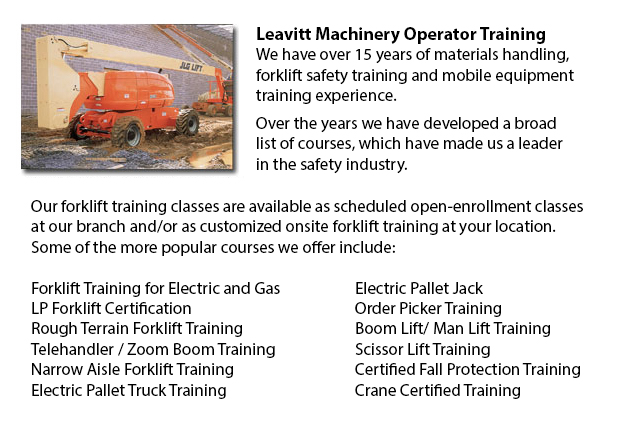
Aerial Lift Certification British Columbia - Aerial Lift Certification is for people who need an in-depth understanding of aerial lift safety. Operators and inspectors, construction craftsmen, supervisors and maintenance workers have to perform a certificate and training program. Provincial, state and federal rules need companies to be certified in order to do in-house aerial lift checks.
Regardless of differences in the type of work being done, all workers who perform tasks at elevated levels generally make use of the same means to access the required height. Scissor lifts and aerial lifts are the mechanized machines made use of in order to lift equipment and workers to elevated places.
Bucket trucks referred to as Cherry Pickers are aerial platforms that feature a supported boom and bucket. The primary danger to making use of this particular type of platform is usually falls, electrocutions, and tip overs. Certification guarantees that workers who utilize aerial lifts are trained properly to work the machine safely. Training also makes sure that workers know how to maintain aerial work platforms based on the manufacturer's directions.
Training includes the following lifts: Vehicle-mounted aerial lifts, Boom-supported aerial lifts and scissors lifts. Trainees would gain an understanding of the causes and results of aerial lift accidents, and would learn safe operating procedures. They will become technically competent in the various kinds of aerial lifts, in addition to components and terminology. From interpreting rated capacity charts to choosing the right aerial lift for the task, the certification program would provide workers with everything they need to know to safely carry out their work.
People who are assigned the job of inspecting aerial lift devices have to know how to inspect booms, gears, operating mechanisms, structural parts, control systems and functions, braking systems, power plants, pins and shafts, attachments, hydraulic, pneumatic and electric components, emergency safety devices and operator aids, and so on. Training would comprise the following: the inspector's role in reducing liability exposure and accidents; how to perform a pre-use, monthly and annual inspection; how to apply and interpret regulations about aerial lift safety standards; how to write inspection reports; checklists and techniques; inspection procedures; following record keeping requirements; understanding and applying the three levels of aerial lift inspection; and when to remove defective aerial lifts from service.
-
Warehouse Forklift Safety Training British Columbia
Warehouse Forklift Safety Training British Columbia - The corporation would face claims for liability when damage and injuries are sustained in an accident at the workplace. Warehouses can be a hazardous place to work for its workers, making employee... More -
Loader Operator Certification British Columbia
Loader Operator Certification British Columbia - Courses Offered For Getting Loader Operator Certification - Certification for forklifts are required to guarantee the safe operation of forklifts for those employers in industrial, warehouse or constru... More -
Crane / Overhead Crane / Self-Erect Crane / Truck Mounted Crane / Hydraulic Cranes Training in British Columbia
Bridge cranes or likewise called overhead cranes are actually a type of industrial material handling crane making use of a line and hook device that runs on a horizontal beam running along two widely separated rails. Numerous overhead cranes could be... More -
Scissor Lift License British Columbia
Scissor Lift License British Columbia - The operation of scissor lifts carries an inherent chance of danger. Whichever type of powered machine requires correct handling to prevent accidents causing injury or damage. Companies need to make certain tha... More -
Heavy Equipment Training Schools British Columbia
Heavy Equipment Training Schools British Columbia - There are a lot of heavy equipment training schools to select from. If you want to get to the best, it is important to check various aspects of the school in order to ascertain the level of educatio... More -
Telehandler Training British Columbia
Telehandler Training British Columbia - Telescopic handlers usually called telehandlers for short, are an extremely popular piece of heavy construction equipment. They are commonly utilized in the construction and agricultural trades. These machines... More -
Forklift Training Courses British Columbia
Forklift Training Courses British Columbia - When forklift operator safety training is tailored for illiteracy, training time is lessened by 50%. Forklift training certification, lift-truck operator driver safety training evaluation, and train the tr... More -
Heavy Equipment Operator Training British Columbia
Heavy Equipment Operator Training British Columbia - Heavy equipment operator training facilities which provide quality standards in the business, providing field performance work and added machinery training are highly sought after training features... More

Forklift Training British Columbia
TOLL FREE: 1-888-254-6157
forklifttrainingbritishcolumbia.com
Email Us
About Us


